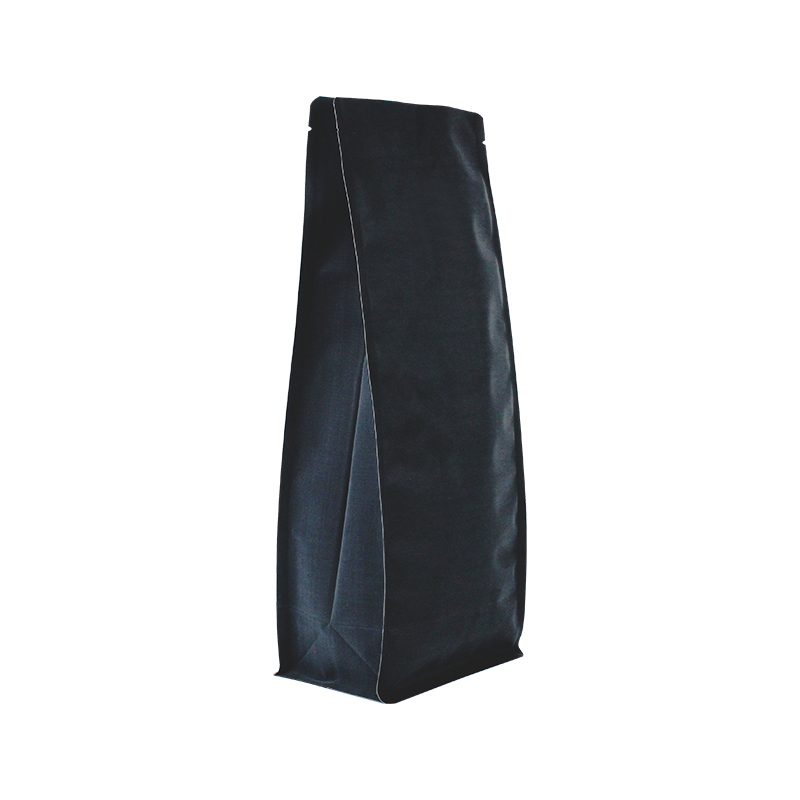- Afrikaans
- Albanian
- Amharic
- Arabic
- Armenian
- Azerbaijani
- Basque
- Belarusian
- Bengali
- Bosnian
- Bulgarian
- Catalan
- Cebuano
- chinese_simplified
- chinese_traditional
- Corsican
- Croatian
- Czech
- Danish
- Dutch
- English
- Esperanto
- Estonian
- Finnish
- French
- Frisian
- Galician
- Georgian
- German
- Greek
- Gujarati
- haitian_creole
- hausa
- hawaiian
- Hebrew
- Hindi
- Miao
- Hungarian
- Icelandic
- igbo
- Indonesian
- irish
- Italian
- Japanese
- Javanese
- Kannada
- kazakh
- Khmer
- Rwandese
- Korean
- Kurdish
- Kyrgyz
- Lao
- Latin
- Latvian
- Lithuanian
- Luxembourgish
- Macedonian
- Malgashi
- Malay
- Malayalam
- Maltese
- Maori
- Marathi
- Mongolian
- Myanmar
- Nepali
- Norwegian
- Norwegian
- Occitan
- Pashto
- Persian
- Polish
- Portuguese
- Punjabi
- Romanian
- Russian
- Samoan
- scottish-gaelic
- Serbian
- Sesotho
- Shona
- Sindhi
- Sinhala
- Slovak
- Slovenian
- Somali
- Spanish
- Sundanese
- Swahili
- Swedish
- Tagalog
- Tajik
- Tamil
- Tatar
- Telugu
- Thai
- Turkish
- Turkmen
- Ukrainian
- Urdu
- Uighur
- Uzbek
- Vietnamese
- Welsh
- Bantu
- Yiddish
- Yoruba
- Zulu
Creating High-Quality Print-Ready Designs for Professional Results
Understanding Printer-Ready Preparation for Professional Printing
In the fast-paced world of design and marketing, the term printer-ready often comes up, especially when discussing the final stages of production for various print materials. Whether you are a graphic designer, marketer, or business owner, understanding what printer-ready means is crucial for ensuring your projects look professional and meet the high standards of print production. This article will explore what it means for a document to be printer-ready, the key elements involved in preparing your files, and best practices to follow for optimal results.
What Does Printer-Ready Mean?
A printer-ready file is a digital document formatted in a way that it can be sent to a printing service without requiring any further adjustments or alterations. This means that every aspect of the design—including layout, color, fonts, and images—is optimized for print. The goal is to eliminate any potential issues that could arise during the printing process, which can lead to delays, unexpected costs, or a final product that does not meet your expectations.
Key Elements of a Printer-Ready File
1. Correct File Format The choice of file format is vital. Common printer-ready formats include PDF, TIFF, and EPS. PDFs are particularly favored since they preserve formatting across various platforms and ensure that fonts, images, and colors are consistently reproduced.
2. Resolution For print quality, images should be set to a resolution of at least 300 dots per inch (DPI). This high resolution ensures that images are sharp and clear when printed. Lower resolutions can result in pixelation or blurry prints, which can diminish the professionalism of the final product.
3. Color Mode Understanding color modes is essential. For print materials, ensure that your files use the CMYK (Cyan, Magenta, Yellow, Black) color mode, as this is the standard used in the printing process. RGB (Red, Green, Blue) is typically used for digital designs and may not translate well to print, leading to unexpected color shifts.
4. Bleed and Trim Marks If your design extends to the edge of the paper, it’s important to include bleed—extra image area that extends beyond the trim line. Typically, a bleed of 1/8 inch (0.125 inches) is recommended to ensure that there are no unprinted edges in the finished product. Additionally, trim marks should be included to guide the printer on where to cut the final piece.
printer ready

5. Fonts and Text Ensure that all fonts are embedded in your document or converted to outlines. This prevents any compatibility issues where a printer may not have the specific font you used. Always check for any text that may be too close to the edge of the trim line to avoid accidental cutting.
6. File Size While it’s crucial to maintain high-quality images, keep in mind that excessively large file sizes can lead to difficulties in uploading or sending to printers. Optimize your images where necessary, while still retaining quality.
Best Practices for Creating Printer-Ready Files
To ensure that your files are printer-ready, consider the following best practices
- Proofread and Review Always double-check all text and graphics for errors or misalignments before finalizing your document. A careful proofread can save significant time and costs post-production.
- Use Professional Software Utilize design software that is widely recognized for print production, such as Adobe InDesign, Illustrator, or Photoshop. These tools provide features specifically tailored for creating printer-ready files.
- Run Test Prints If possible, print a sample on your own printer or take it to a local print shop for a quick test run. This allows you to see firsthand how your design translates to a physical format.
- Consult with Your Printer Every printing company may have different requirements for printer-ready files. Always consult with them beforehand to ensure you meet their specifications.
In conclusion, creating a printer-ready file is an essential step in the production of printed materials. By understanding the requirements and following best practices, you can ensure that your designs are executed flawlessly, resulting in a professional final product that makes a lasting impression. Whether you're producing brochures, business cards, or marketing materials, taking the time to prepare printer-ready files will contribute to the overall success of your project.













